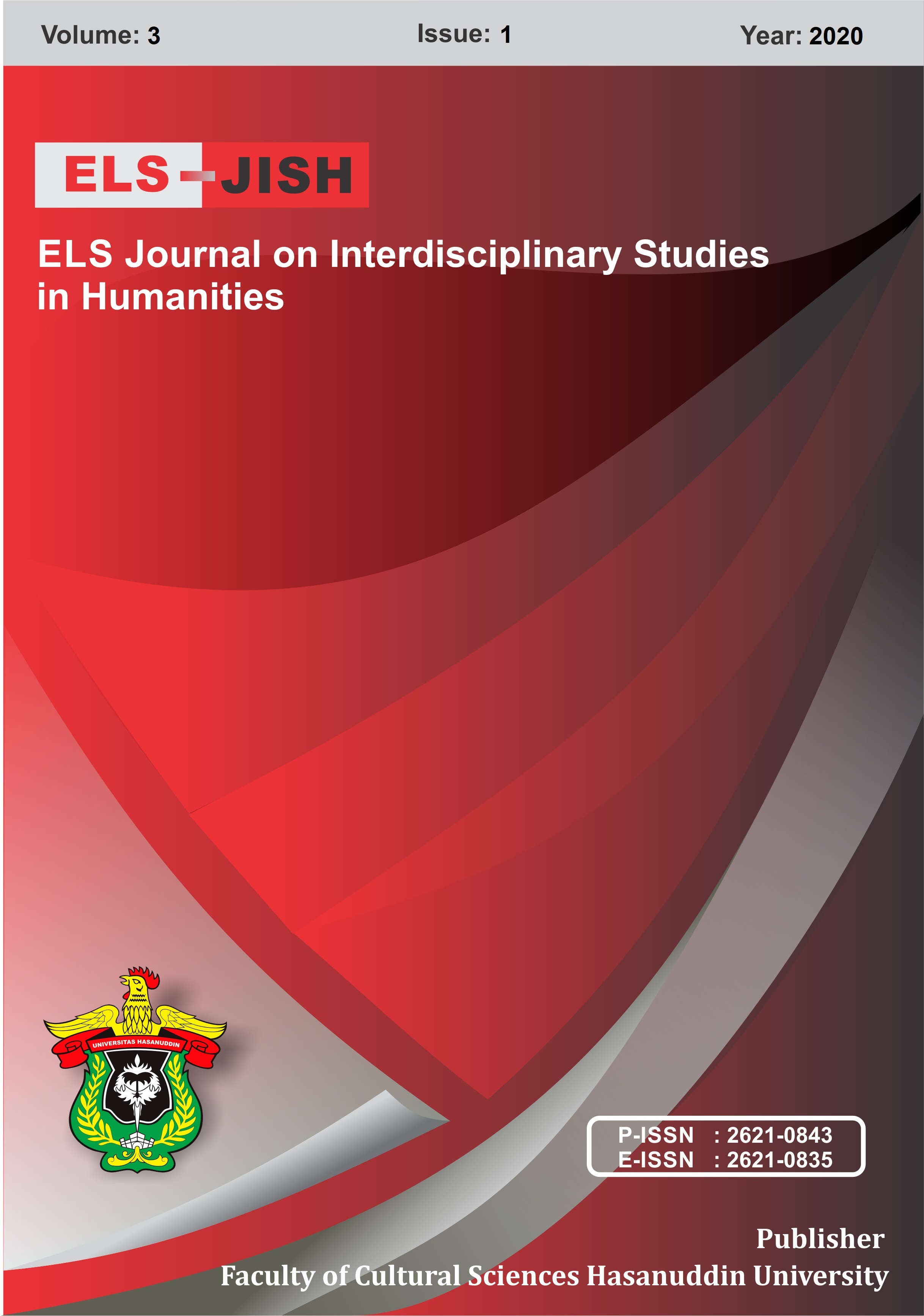Development of Linguistic Intelligence Instruments for Elementary Schools Student
DOI:
https://doi.org/10.34050/els-jish.v3i1.8966Keywords:
Linguistic Intelligence, Instruments, Elementary Schools StudentAbstract
This research method is a 4-D model that has stages which include: 1) defining, 2) design, 3) development and 4) dissemination. Respondents tested a limited instrument involving 21 fourth grade students in elementary school. The results of this study obtained an assessment from experts in the validation of linguistic intelligence instruments with an average of 3.5 with worthiness of 86.75 in the very feasible category. The next activity is the stage of developing instruments to assess linguistic intelligence and then a limited trial of 21 students with the results of linguistic intelligence obtained by students 1 (4.8%) female students who have very high linguistic intelligence, 7 (33.33%) students who linguistic intelligence with a high category, 11 (52.4%) students who have linguistic intelligence with a high enough category and 2 (9.5%) students who have linguistic intelligence with a low category. It can be concluded that the instrument for assessing linguistic intelligence in elementary school students can be used on a broad scaleDownloads
Download data is not yet available.
Downloads
Published
2020-03-29
How to Cite
Kurniaman, O., Maharani, D. S., Noviana, E., & Afendi, N. (2020). Development of Linguistic Intelligence Instruments for Elementary Schools Student. ELS Journal on Interdisciplinary Studies in Humanities, 3(1), 85-96. https://doi.org/10.34050/els-jish.v3i1.8966
Issue
Section
Articles

















